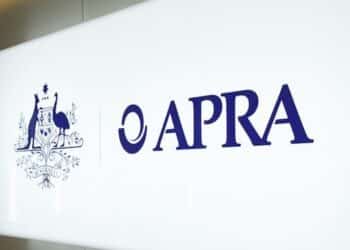Gaye Anable, head of institutional partnerships at Saxo Markets Australia, said a lack of personalisation offered through standard superannuation funds has left many Australians “disenfranchised” and more have begun turning to SMSFs.
Citing ATO figures that show there were almost 598,000 SMSF accounts at June 2022, a 4 per cent increase on the previous year, Ms Anable said more Australians are realising the benefits SMSFs can deliver.
“Direct ownership is a hallmark of SMSFs and direct multi-asset class investment is attractive to investors, particularly those who want to look beyond just property assets,” she said.
“Furthermore, the barrier to entry is lower than ever. While previous analysis suggested the entry point for a SMSF to remain competitive with an APRA fund was $500,000, 2022 research by the University of Adelaide found there was no material differences in investment performance patterns for SMSFs between $200,000 and $500,000.”
Despite a lower barrier to entry and more SMSFs than ever, this hasn’t correlated to a boon for advisers. The 2022 SMSF Investor Report found the percentage of advised SMSFs has reduced to its lowest level since 2019, and sits at just 29 per cent.
“While SMSF investors are prime candidates for financial advice, with many leading busy lives and not having the time to manage their own assets with expertise, some may argue that the demand for advice is not there. However, the other consideration is that the supply of advice in its current form does not match the demand for lower cost advice,” Ms Anable said.
According to her, for all financial products, including SMSFs, “the fact remains that the advice model in Australia is not fit for purpose”.
“Despite the recent release of the Quality of Advice Review report, much uncertainty remains as to where to from here,” said Ms Anable.
“There is significant speculation from industry regarding what will happen next and there is not yet a clear pathway to an advice sector that is simpler, more affordable, and more accessible.”
She added that the QAR final report addressed making the provision of digital advice easier through the recommendation to remove safe harbour and disclosure obligations, which she said are steps towards enabling mass market adoption of low-cost advice, including for SMSF investors.
“To capture the burgeoning crowd of SMSF investors, advisers and other financial intermediaries should prioritise low-cost digital advice options that offer opportunities to scale through greater process automation, while also delivering the greater flexibility and customisation needed to meet evolving client demand,” Ms Anable said.
“Professionals working in the advice space need simple yet sophisticated tools that can help them achieve scale, automation, and effectiveness. Tools that allow them to be nimble in servicing SMSF clients anywhere and anytime, be able to serve more SMSF clients, and provide quality financial planning and investment advice.”
Ultimately, Ms Anable said, utilising a digital toolset to provide tailored solutions is the key to building SMSF client relationships.
“SMSF investors are ripe for the picking for advisers as many are in the wealth accumulation phase and still busy with work and life. They just require the right advice to set up an investment strategy that ensures their SMSF doesn’t need constant attention and oversight,” she said.
“While the logic behind the need for advice is sound, advisers will fail to convert new SMSF clients if the advice process is too onerous or expensive. In order to meet the growing demand in the SMSF space in Australia, the advice sector must rapidly adopt digital solutions to provide lower cost, fit-for-purpose advice.”



